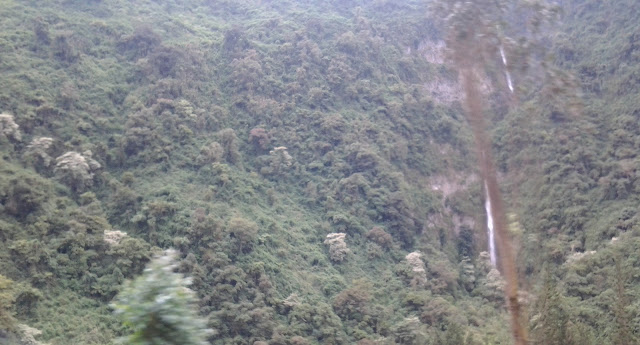We leave for the Galapagos tomorrow. We could have very easily spent $6000 on cruises, but we got a last-minute first class boat for 5 days to go to some of the islands and then we'll spend the rest of our time doing land-based excursions or some other small island-hopping. We start tomorrow with a nice hotel near Puerto Arroyo, I believe. Then Friday, we get picked up to meet the boat, the tip top iii
Galapagos: we have a 5-day cruise on a 104 foot (22 foot beam) cruiser with two 17 foot zodiac launches, it including snorkeling, wetsuits and kayaking, a fullsized bed!, private bathroom and shower, all food and soft drinks (no drinky drinks, so you know how that can add up, although you do get wine with dinner), a night in a first class hotel and airport transfer.
Not bad, really. I am pleased and we got about 65% off on a last minute trip. I am also pleased because it's very water-based and a lot of the wildlife is in the water, obviously. Personally, I will be giddy to swim with any of the following: hammerhead sharks, sea lions, dolphins, big weird swimming iguanas, nothing at all but the Galapagos waters, 12-15 foot wide manta rays, fish.
Then we'll stomp around the islands on some small independent trips, which I think we'll like. I have this odd fantasy about drinking rum out of a paper bag, eating some kind of Beast on a Stick and staring at weird wildlife lounging around and not caring whether or not I am there at all.
This is ourblast night staying at a lovely compound in the suburbs of Quito that might be well placed in almost any 80's drug movie. Gerrit, the expat Dutchman that owns the place, keeps meticulous care of the place (or has his various servants do so), massive gardens, bird life is flush, more hummingbirds and several bird calls I can't readily identify. It's a good distance out of the city, in a very elite area, behind a guarded gate and then 10 foot high walls. It's quite secluded and each one way cab ride has cost me more than any of my other hotel stays. however, a good excursion to the local shopping mall, which would not be out of place on the north shore of long island, might be needed to secure a few comforts.
It's really got to be said, Gerrit's been an amazing host. I would happily spend more time here, if it fit our budget.
Right now, we're cutting weight as they limit all gear brought over to less than 23 kilos per person. Massive rain boots and other heavy gear can stay in storage here at the compound. We'll pick it up on our way back into Quito.














